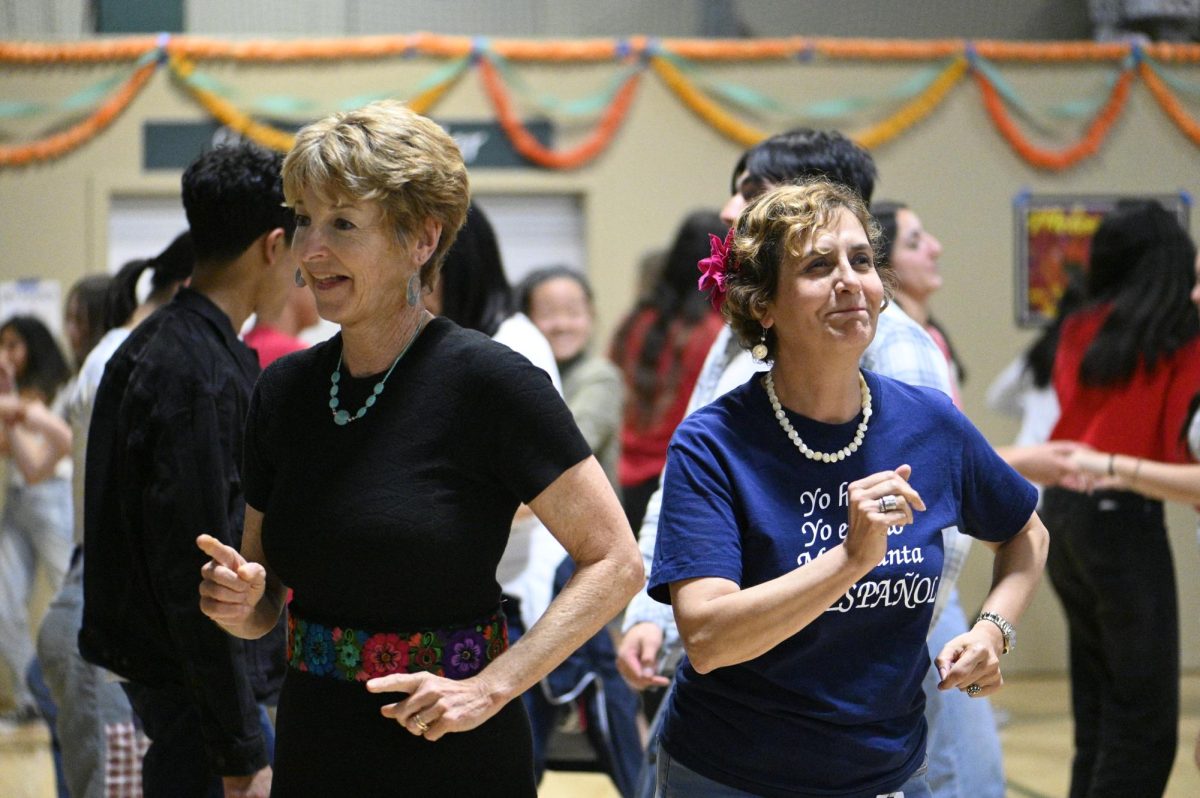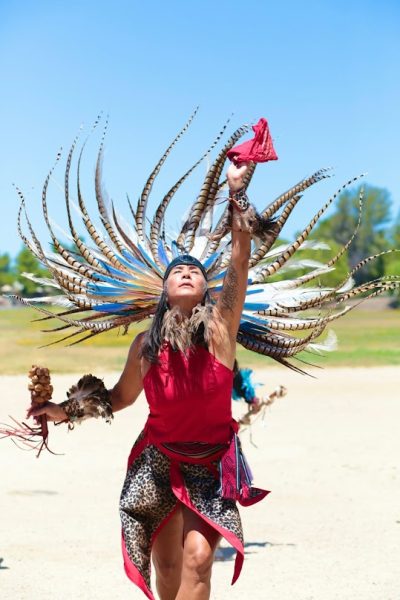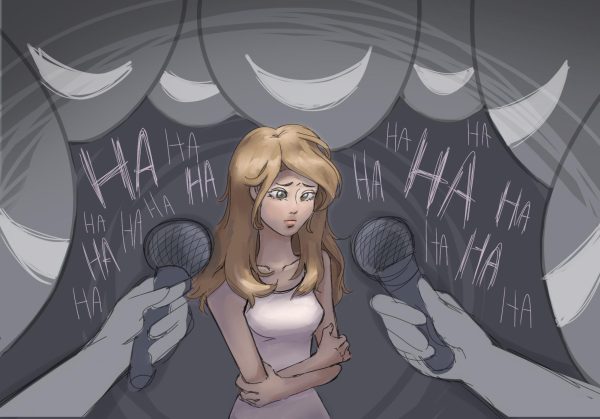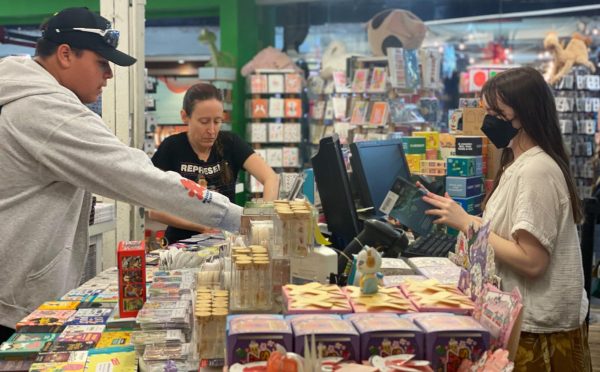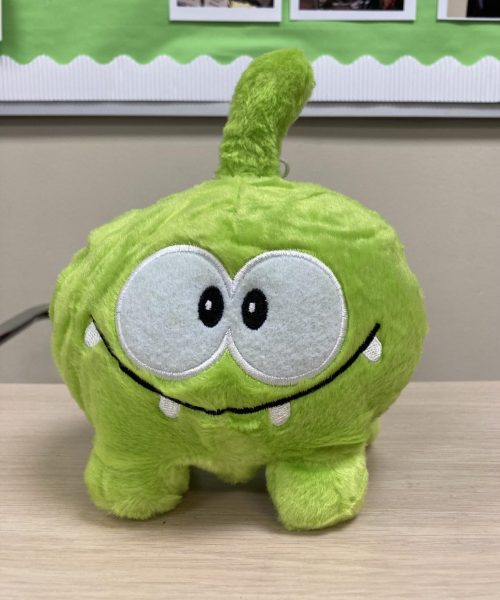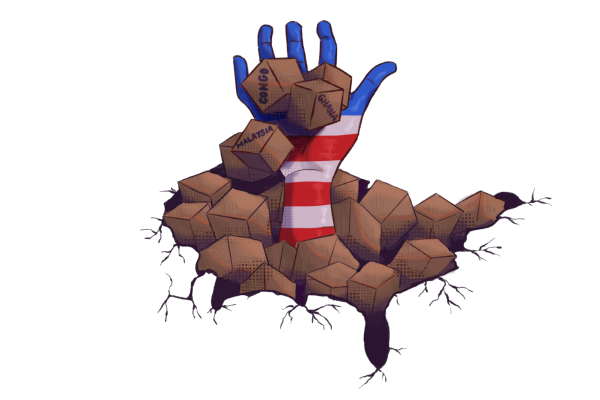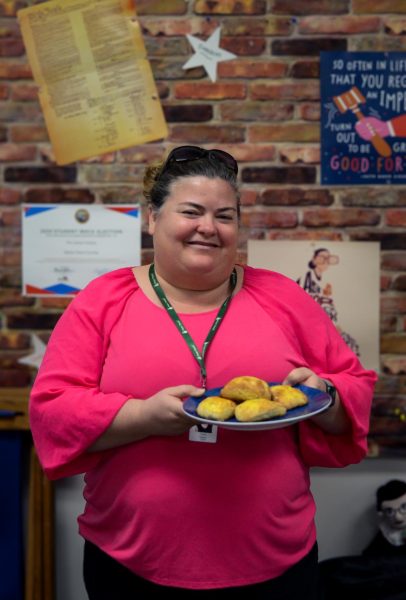Near and Mitra Grant scholars release papers
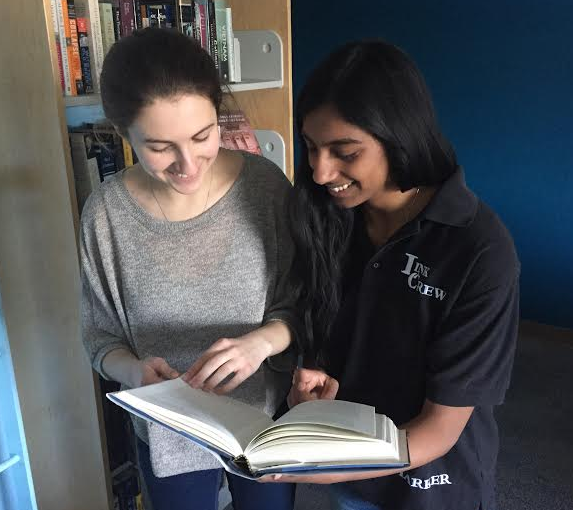
Agata Sorotkin (12) and Maya Nandakumar (12) smile as they pore over a book. Agata and Maya were both Mitra Scholars.
Following months of meticulous research and writing, the Near and Mitra Grant scholars submitted the final drafts of their research papers on April 10.
“[The program] allows you to go deep and spend an entire year just absorbing yourself in something that is of interest to you that goes beyond introductory survey level courses,” History and Social Science Department Chair Donna Gilbert said. “This allows you to really hone [your skills] at an undergraduate level.”
This year’s Near Scholars, who received the grant to study U.S. History, are seniors Ayush Midha, Karnika Pombra, Apoorva Rangan, Vedant Thyagaraj and Felix Wu. The Mitra Scholars, who researched the humanities, are seniors Aadyot Bhatnagar, Maya Nandakumar, Agata Sorotokin and Stanley Xie.
Ayush’s paper explored the seldom-discussed aspects of the black power movement; he underlines the grassroots community-building efforts in attempts to restructure coalition building, for the cause of black liberation in America. Last summer, he was in D.C. and chose to pursue the research opportunities that came his way.
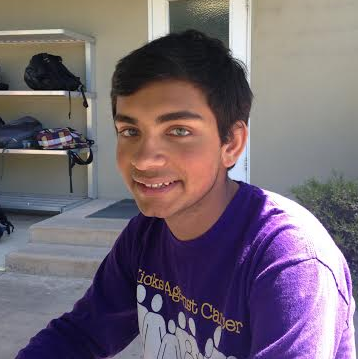
I reached out to Congressman John Lewis, who was a part of the civil rights movement. He took me on to the house floor for a vote. In a more intellectual sense, I had the opportunity to explore in-depth something that I was interested in. The John Near Grant is an awesome opportunity to just improve your own research skills and have a robust exploration of something.
— Ayush Midha (12)
Karnika researched the rationale behind U.S. actions during the 1954 Guatemalan coup d’etat and scrutinized whether U.S. motives behind aiding the revolutionaries stemmed from their investments in Guatemala.
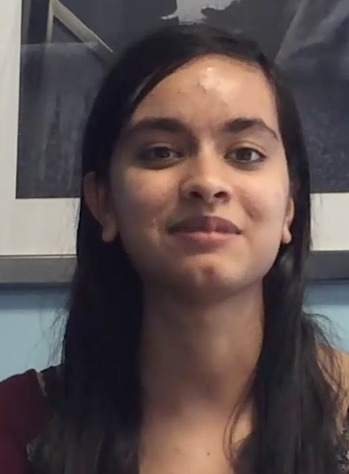
I wanted to research an event during the Cold War because the international relations during that time period has always interested me. I think the program gives students a lot of freedom in choosing their topics, which is really valuable.
— Karnika Pombra (12)
When conducting initial research, finding relevant information from the parties on both sides of the coup proved to be a hindrance to Karnika due to the dearth of Guatemalan accounts.
Apoorva analyzed media-military relations during the Vietnam War, which was the the first uncensored modern military conflict. Being involved with the Upper School’s journalism program for the past four years, Apoorva developed interest in the role of the first amendment during wartime.
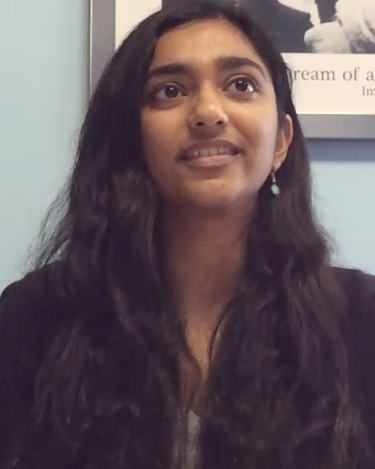
I’ve always been really interested in the way that journalism interacts with institutions because I feel like journalism is necessarily subversive. It needs to question the status quo, so seeing how in institutions like military, which we associate with adjectives like authoritative or hierarchical, patriotic, seeing how those two institutions interact was really interesting to me.
— Apoorva Rangan (12)
Vedant conducted research on healthcare economics, specifically the health insurance market.

I was looking at the role of Obamacare to address a market failure known as adverse selection; I’m hoping to apply economics outside of the classroom to a real-world problem that currently has no solution.
— Vedant Thyagaraj (12)
Aadyot’s research revolved around malaria control policy in Tanzania, in hopes of formulating a policy which would circumvent the emergence of the resistance to antimalarial drugs.
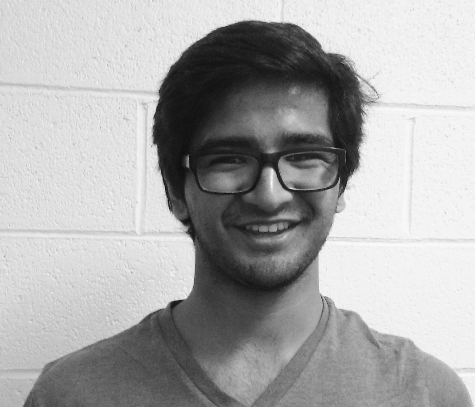
It was just this opportunity to integrate a lot of hard science with the social sciences needed to formulate a policy. My mom grew up in Tanzania and malaria was a big problem when she was growing up.
— Aadyot Bhatnagar (12)
Maya researched the formation of women’s religious groups, notably the Franciscan Clarist Nuns, between the 12th and 14th centuries.
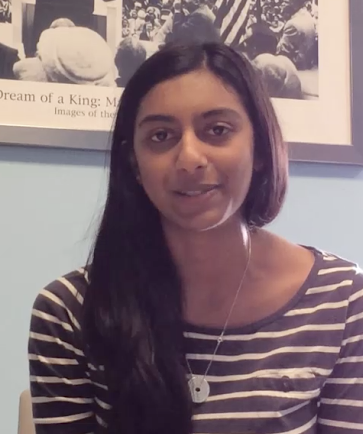
I’ve always referred to the subject matter as being a synthesis of my passions for Latin, European history and women’s movements.
— Maya Nandakumar (12)
She has estimated having spent between a total of 150 and 200 hours on the paper, holed away in a corner of Stanford’s Green Library, reading, writing and re-focusing.
Titled “Straight Outta Compton: Hip Hop and the 1992 Los Angeles Riots,” Felix’s research paper explores the culture of hip hop music through its connections with the Rodney King riots, focusing on chronic unemployment, the crack epidemic and police brutality.
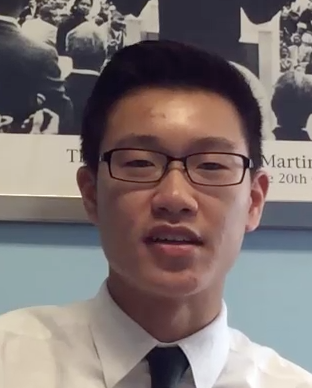
I’ve always been intrigued by hip-hop music and been passionate about political issues [and] this topic allowed me to understand the art form and the history behind rap music. Although the genre came out of the African American community, it has become a style of music that speaks for anybody who is disenfranchised or underprivileged in society.
— Felix Wu (12)
Agata wrote about the life and music of acclaimed pianist and composer, Dmitri Shostakovich, challenging the notion that the sole purpose of his music was to express his distaste for Stalin. Her interest in Shostakovich was sparked two summers ago, when she trained with noted cellist David Finckel, a former student of Shostakovich.

I heard musicians say Shostakovich wrote this music to rebel against Stalin, and I thought that was a very superficial way of looking at things; I want to understand his music on a deeper level.
— Agata Sorotkin (12)
Stanley Xie reviewed literature concerning rumination, a coping mechanism employed by depressed or anxious individuals, and the emergence of co-rumination through social media.
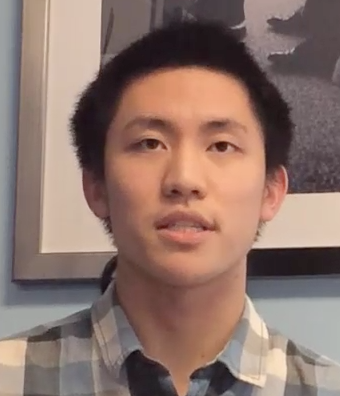
I worked in a neuroscience lab at Stanford for the past two years, working on serotonin and dopamine systems in the brain which control your emotion. The grant really gave me a great opportunity to explore the social sciences.
— Stanley Xie (12)
A reception was held to recognize the work and efforts of the Near and Mitra Grant scholars on April 29 and applications for next year’s grants are due today, May 1.
Additional reporting by Jackie Gao.
Tara Parimi (12) is co-Editor-in-Chief of Harker Aquila, and this is her fourth year on staff. She has been involved with the upper school's journalism...

Jackie Gao (10) is in her second year on staff is a reporter of the Winged Post. Her favorite part of journalism is the ability to interact with various...































![Setter Emma Lee (9) sets the ball to the middle during the match against Pinewood on Sept. 12. “[I’m looking forward to] getting more skilled, learning more about my position and also becoming better friends with all of my teammates, Emma said.](https://harkeraquila.com/wp-content/uploads/2023/09/DSC_4917-2-1200x795.jpg)








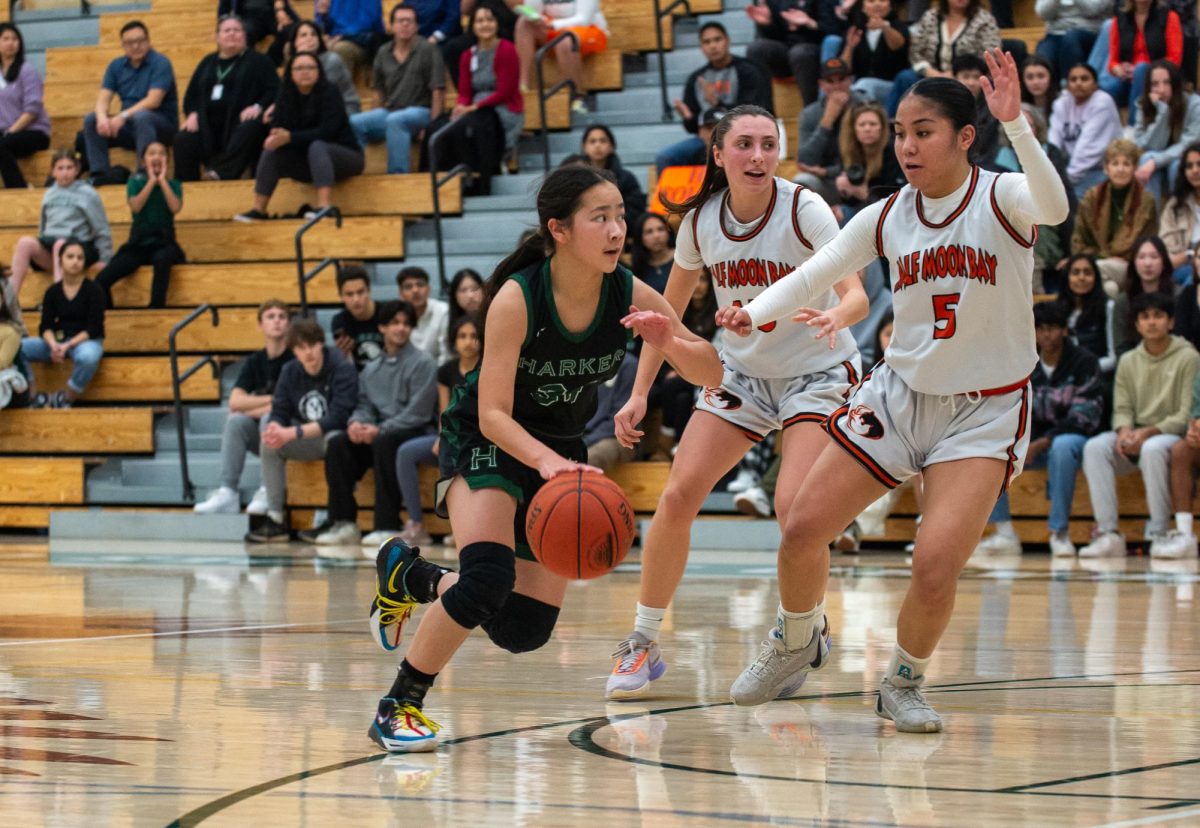























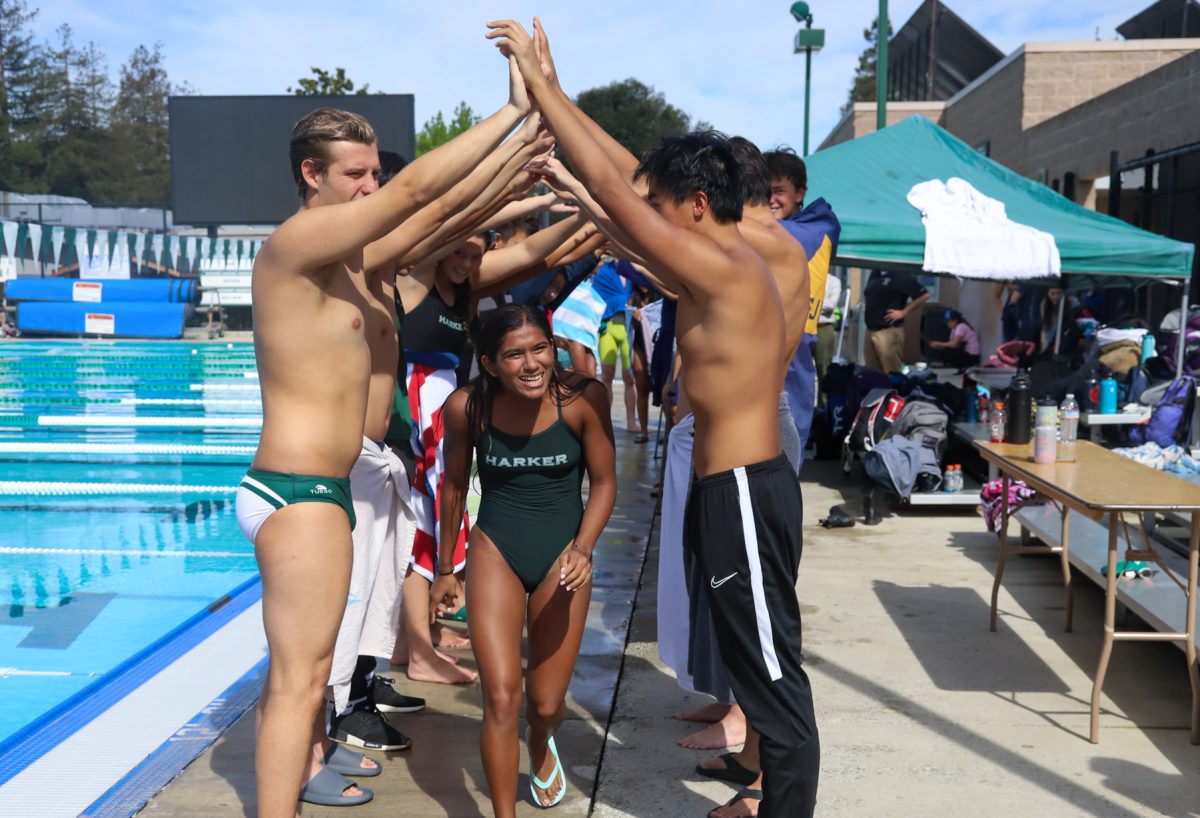
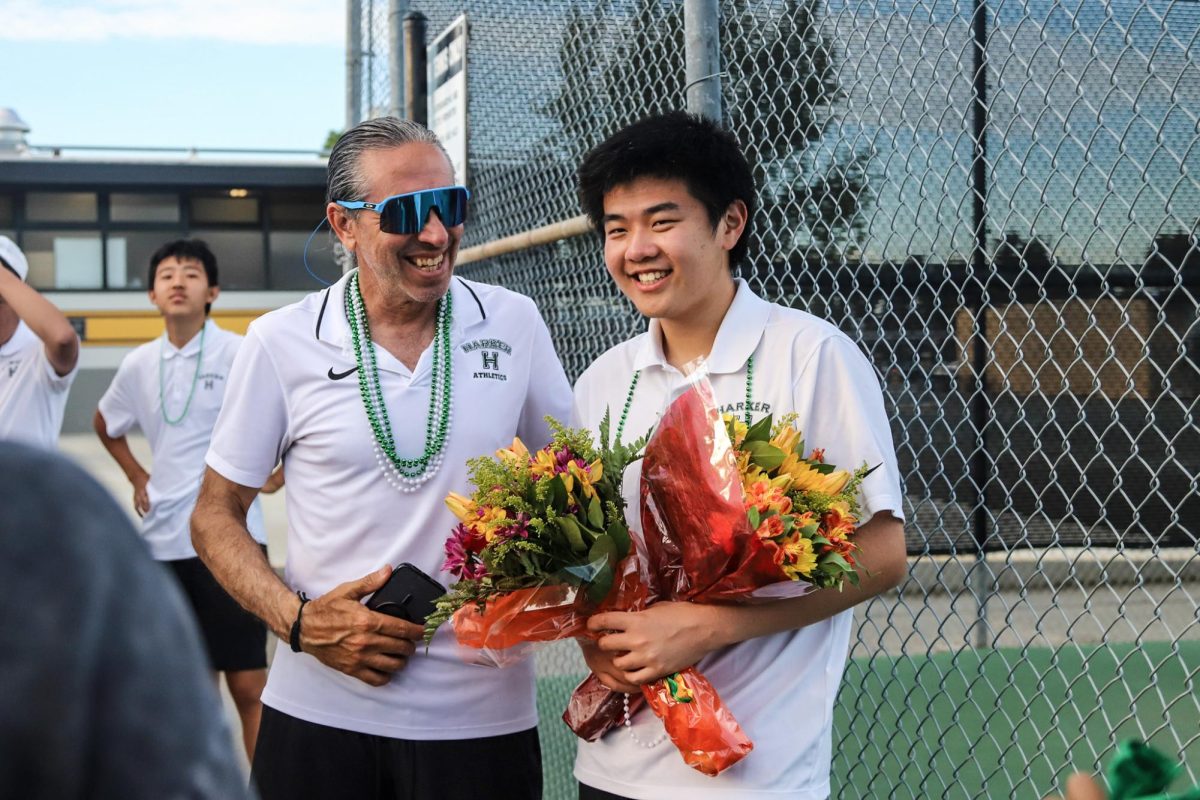
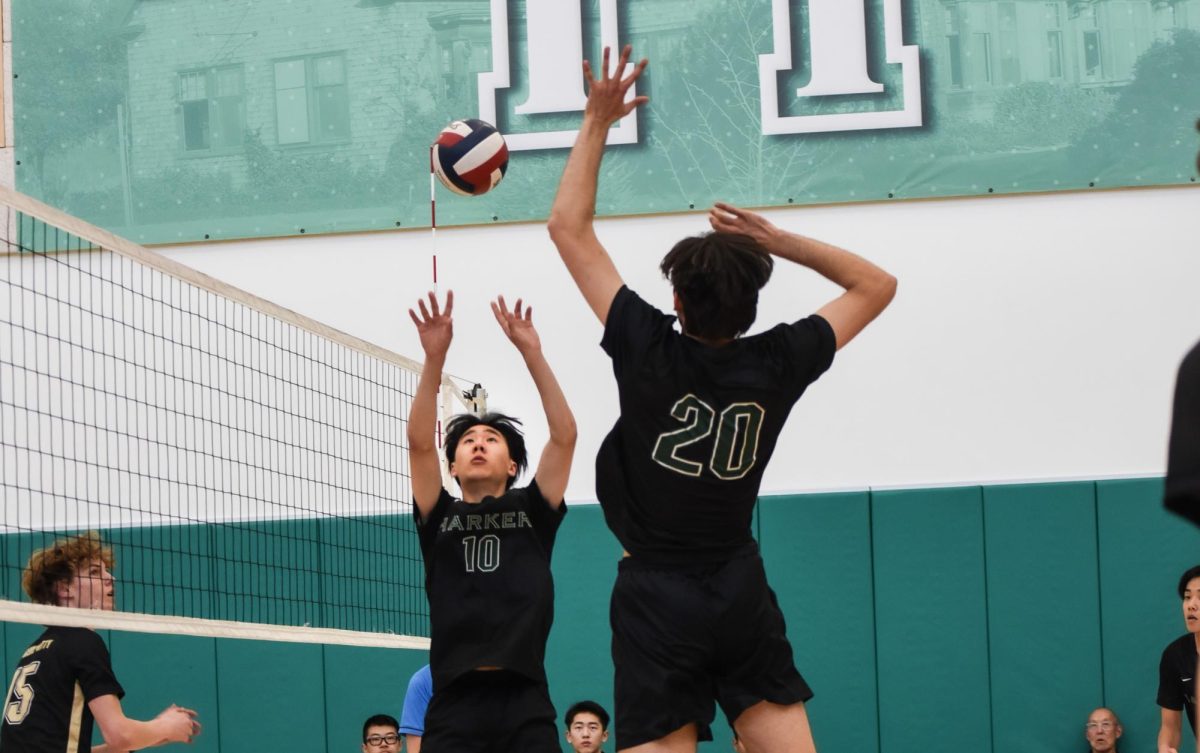
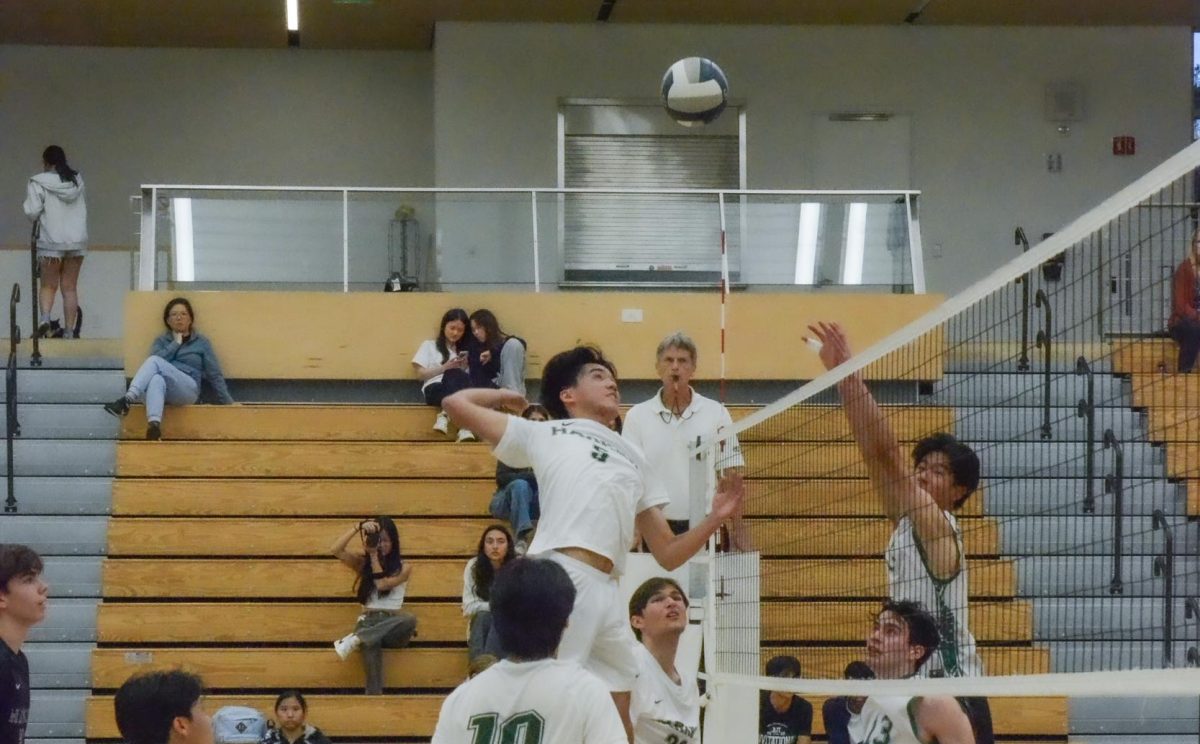

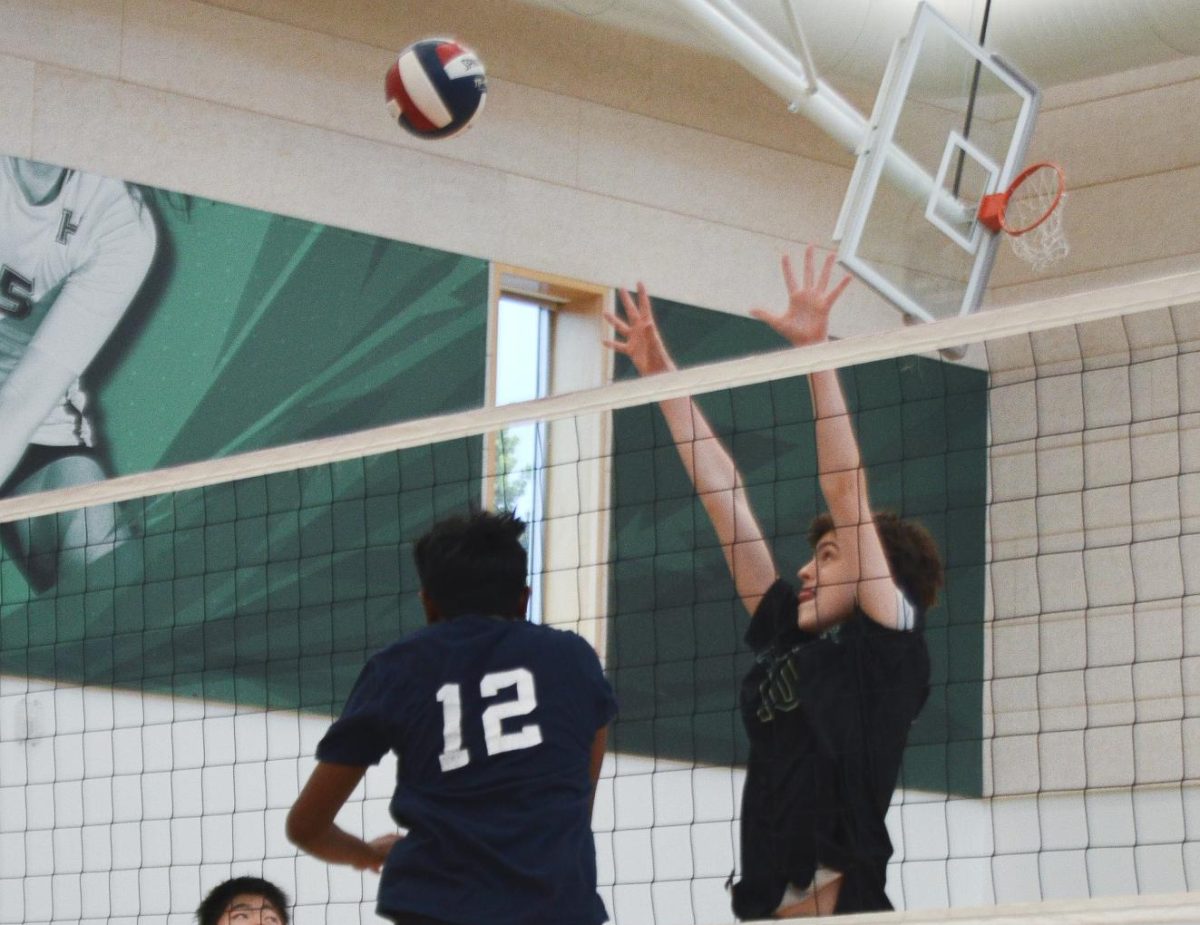




























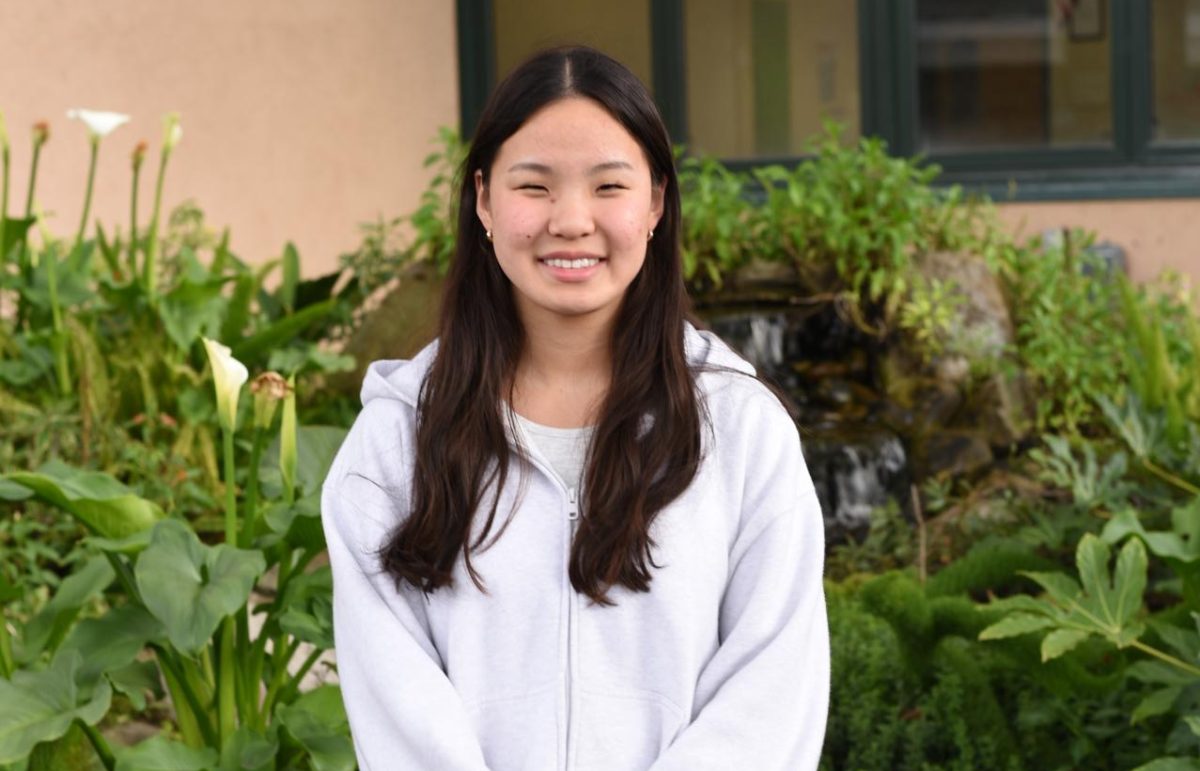
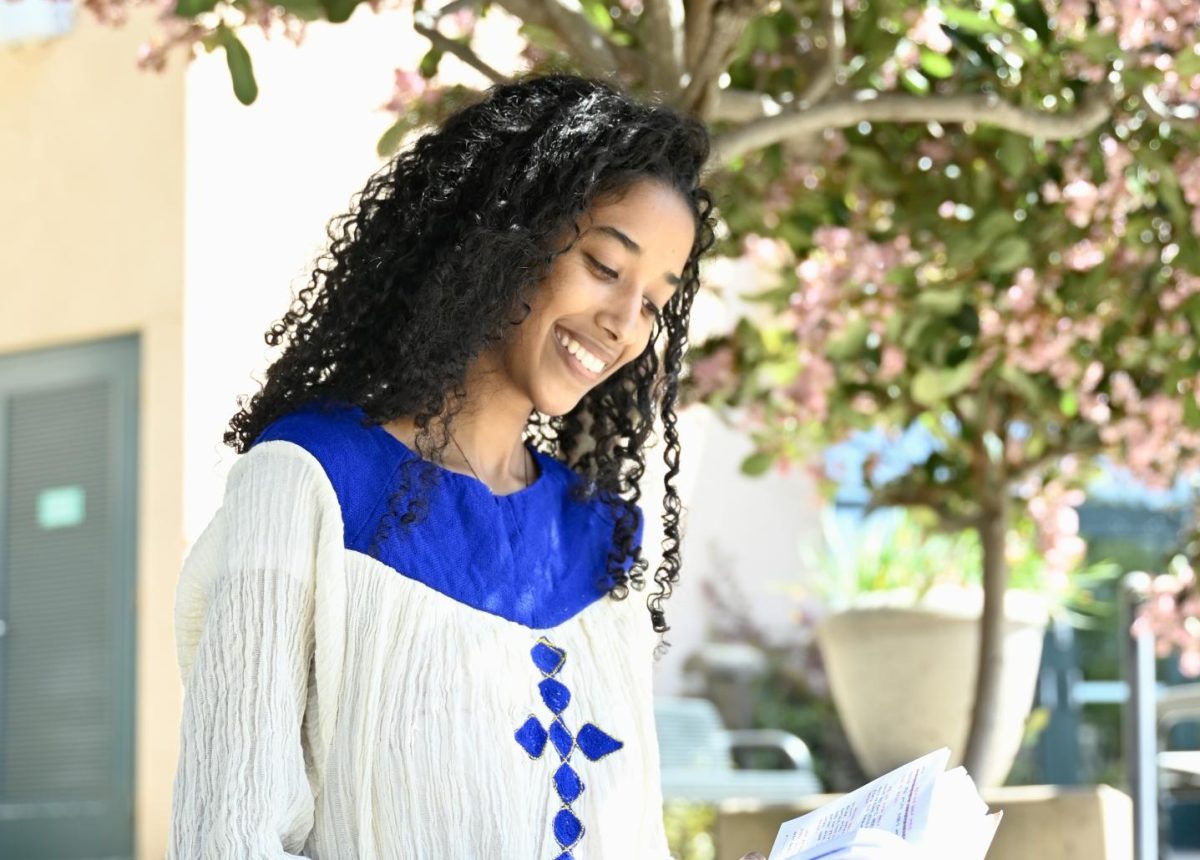
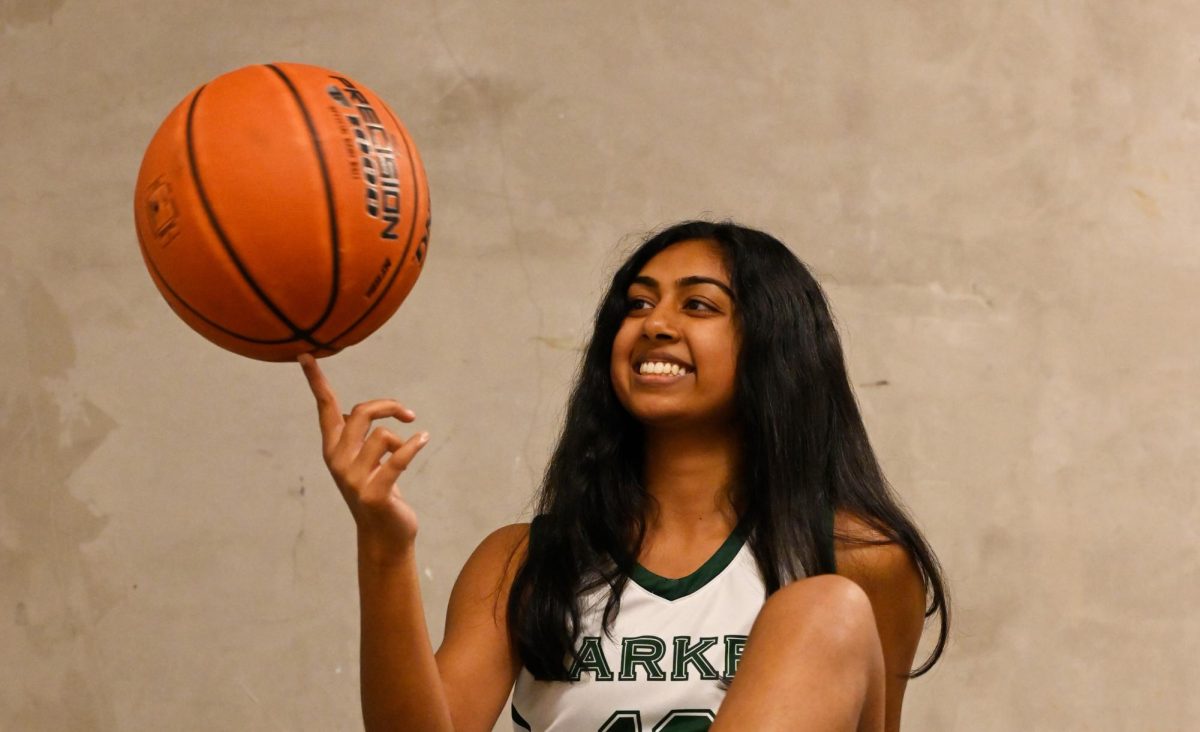










![“[Building nerf blasters] became this outlet of creativity for me that hasnt been matched by anything else. The process [of] making a build complete to your desire is such a painstakingly difficult process, but Ive had to learn from [the skills needed from] soldering to proper painting. Theres so many different options for everything, if you think about it, it exists. The best part is [that] if it doesnt exist, you can build it yourself, Ishaan Parate said.](https://harkeraquila.com/wp-content/uploads/2022/08/DSC_8149-900x604.jpg)


![“Animation just clicked in a way. I had been interested in art, but that felt different. [Animation] felt like it had something behind it, whereas previous things felt surface level. I wasnt making that crazy of things, but just the process of doing it was much more enjoyable, Carter Chadwick (22) said.](https://harkeraquila.com/wp-content/uploads/2022/08/Screen-Shot-2022-08-16-at-9.44.08-AM-900x598.png)


![“When I came into high school, I was ready to be a follower. But DECA was a game changer for me. It helped me overcome my fear of public speaking, and its played such a major role in who Ive become today. To be able to successfully lead a chapter of 150 students, an officer team and be one of the upperclassmen I once really admired is something Im [really] proud of,” Anvitha Tummala (21) said.](https://harkeraquila.com/wp-content/uploads/2021/07/Screen-Shot-2021-07-25-at-9.50.05-AM-900x594.png)



![“[Volleyball has] taught me how to fall correctly, and another thing it taught is that you don’t have to be the best at something to be good at it. If you just hit the ball in a smart way, then it still scores points and you’re good at it. You could be a background player and still make a much bigger impact on the team than you would think,” Anya Gert (’20) said.](https://harkeraquila.com/wp-content/uploads/2020/06/AnnaGert_JinTuan_HoHPhotoEdited-600x900.jpeg)

![“Im not nearly there yet, but [my confidence has] definitely been getting better since I was pretty shy and timid coming into Harker my freshman year. I know that theres a lot of people that are really confident in what they do, and I really admire them. Everyones so driven and that has really pushed me to kind of try to find my own place in high school and be more confident,” Alyssa Huang (’20) said.](https://harkeraquila.com/wp-content/uploads/2020/06/AlyssaHuang_EmilyChen_HoHPhoto-900x749.jpeg)













![“My slogan is ‘slow feet, don’t eat, and I’m hungry.’ You need to run fast to get where you are–you arent going to get those championships if you arent fast,” Angel Cervantes (12) said. “I want to do well in school on my tests and in track and win championships for my team. I live by that, [and] I can do that anywhere: in the classroom or on the field.”](https://harkeraquila.com/wp-content/uploads/2018/06/DSC5146-900x601.jpg)

![“I think getting up in the morning and having a sense of purpose [is exciting]. I think without a certain amount of drive, life is kind of obsolete and mundane, and I think having that every single day is what makes each day unique and kind of makes life exciting,” Neymika Jain (12) said.](https://harkeraquila.com/wp-content/uploads/2017/06/Screen-Shot-2017-06-03-at-4.54.16-PM.png)





